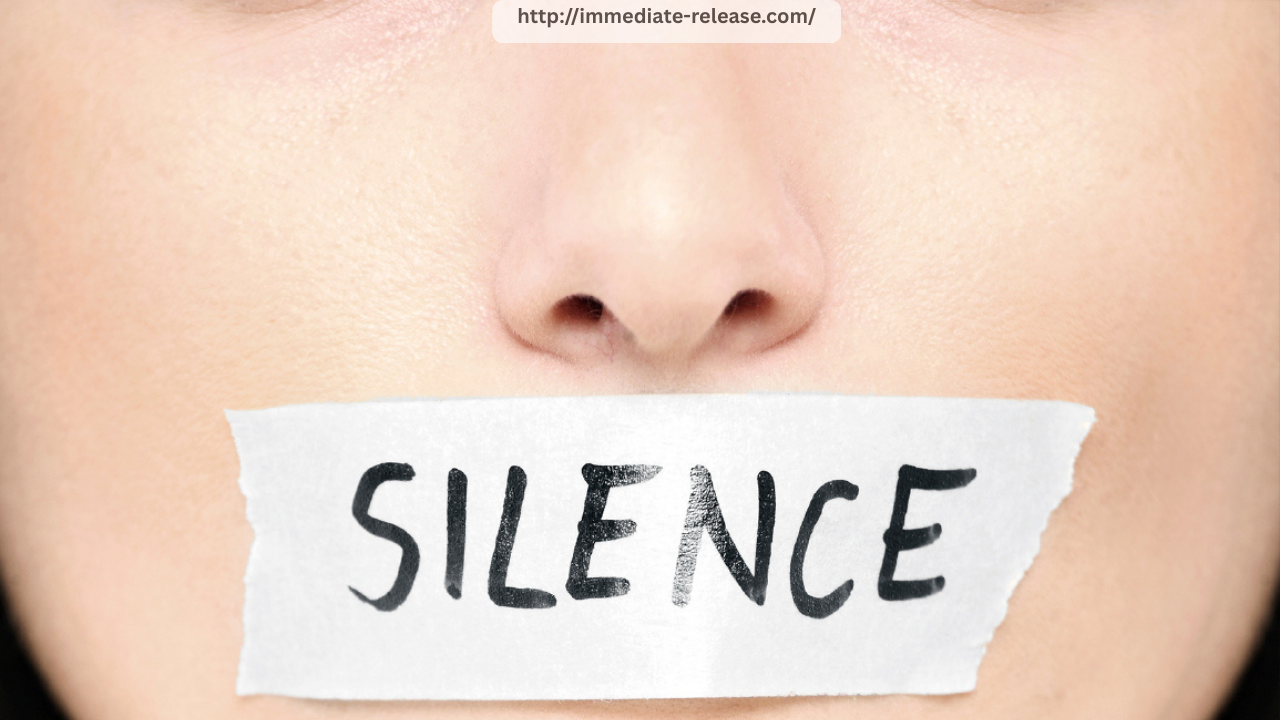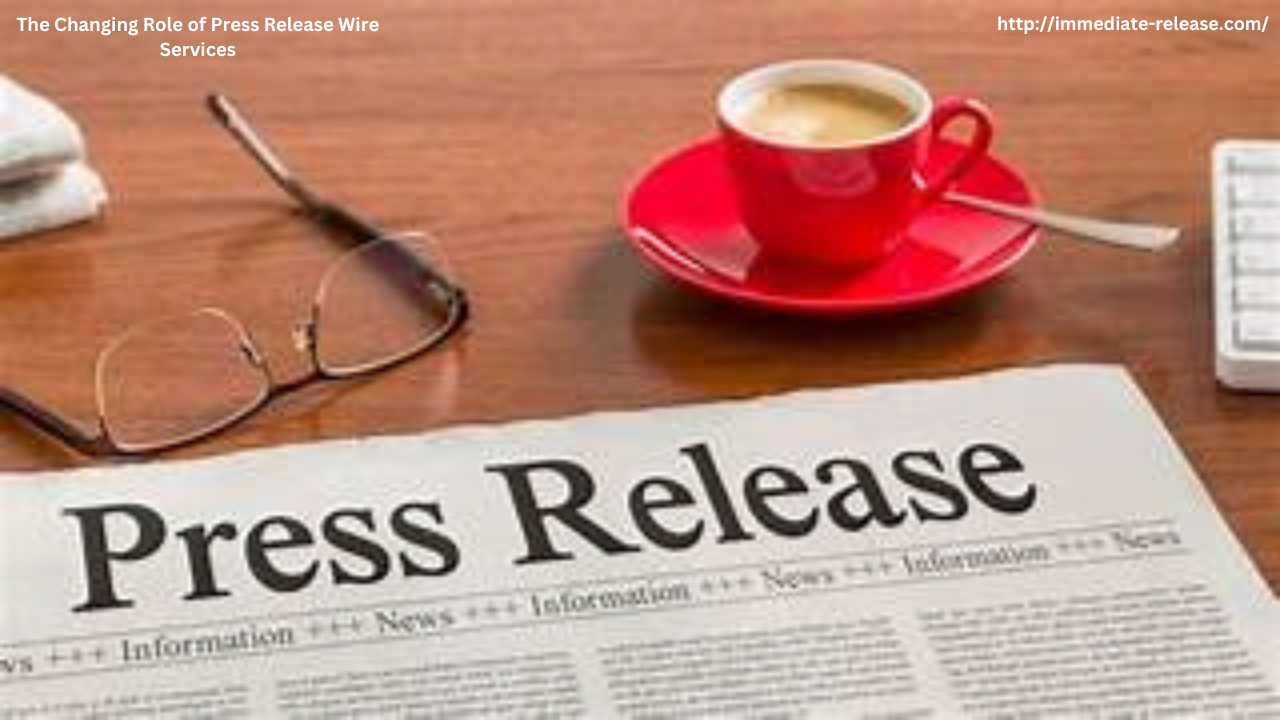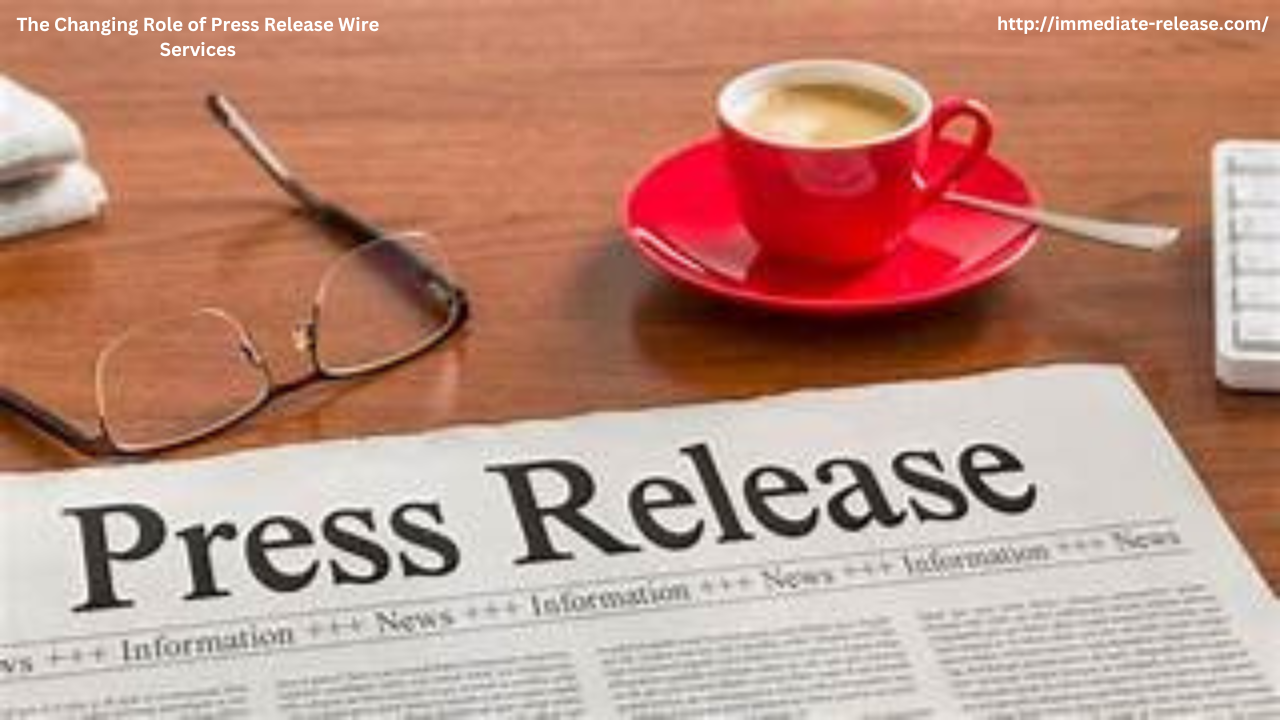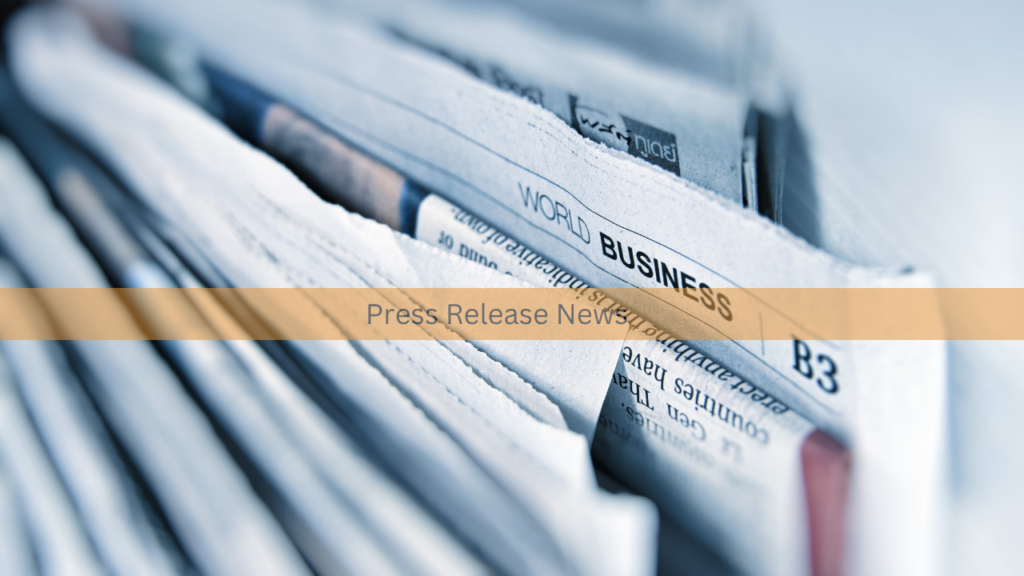
Addiction recovery is no longer a topic confined to support group meetings or quiet corners of healthcare. It is becoming a central part of mainstream conversation, policy, and public health initiatives. As society begins to acknowledge addiction as a treatable condition rather than a moral failing, a powerful shift is occurring—and press release news wire services are playing a crucial role in driving that change.
Traditionally used by corporations to announce mergers or product launches, news wire services are now being adopted by treatment centers, nonprofit organizations, and recovery advocates to amplify their message. These services distribute press releases across media platforms, reaching journalists, bloggers, and news outlets across the country and even internationally. For the addiction recovery movement, this wide-reaching tool provides visibility, legitimacy, and a platform for urgent storytelling.
One of the key benefits of using a press release is its ability to humanize the addiction crisis. Press releases can showcase success stories from individuals in recovery, highlight innovative treatment approaches, or draw attention to community programs that are making a measurable difference. These narratives not only educate the public but also challenge deeply rooted stigmas.
For example, when a local rehab center launches a new outpatient program or receives funding for addiction counseling, a press release ensures that this news reaches not just the local community, but potentially a national audience. The more these stories are told, the more society begins to see recovery not as an isolated success, but as a collective possibility.
Additionally, press release news wires lend a sense of professionalism and credibility. In an age of misinformation and social media noise, well-distributed press releases provide verified information directly to journalists and reputable news sources. This increases the chances that addiction-related content will be picked up by respected outlets, helping to shape a more informed public discourse.
Another crucial advantage is policy influence. Public health officials, legislators, and stakeholders often rely on news coverage to stay informed about community needs and innovative practices. A strategically timed press release can influence policy by spotlighting the success of a harm reduction program, the impact of Medicaid expansion on addiction treatment access, or the rising need for adolescent recovery services.
Moreover, with the opioid crisis and other substance use epidemics continuing to affect millions, the media hunger for real, solution-focused stories is growing. Press releases distributed through news wires fill that gap—delivering timely, relevant, and hopeful content that fosters public engagement and drives action.
As addiction recovery gains traction in the public eye, media outreach is no longer optional—it’s essential. Press release news wire services serve as a vital communication bridge between the recovery community and the wider world. They transform isolated victories into public inspiration and policy catalysts.
In short, addiction recovery has entered the mainstream—and the press release is one of its most powerful tools for sustaining that momentum. When used effectively, it does more than inform. It empowers, uplifts, and, most importantly, drives change.







